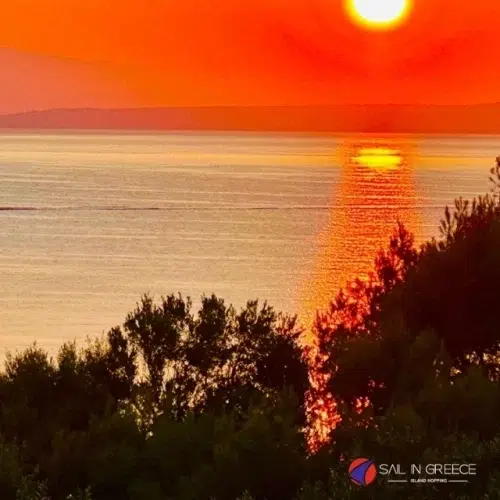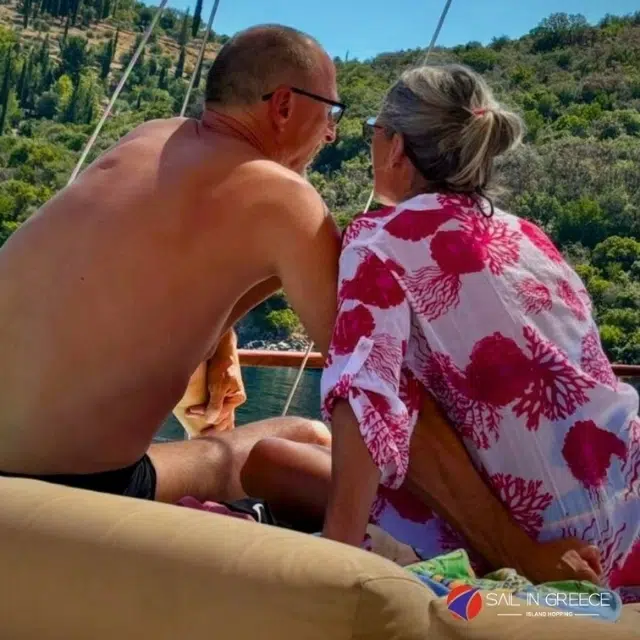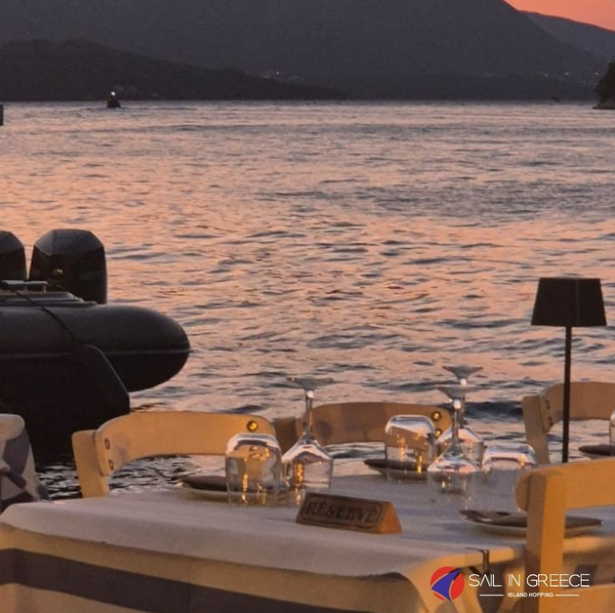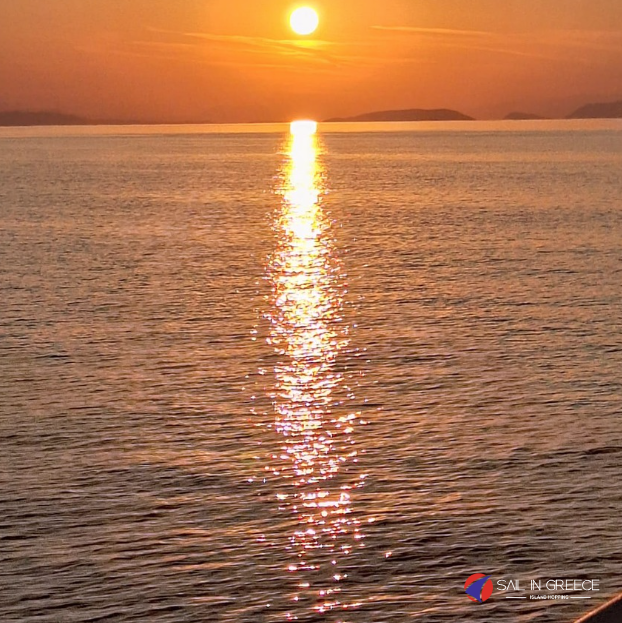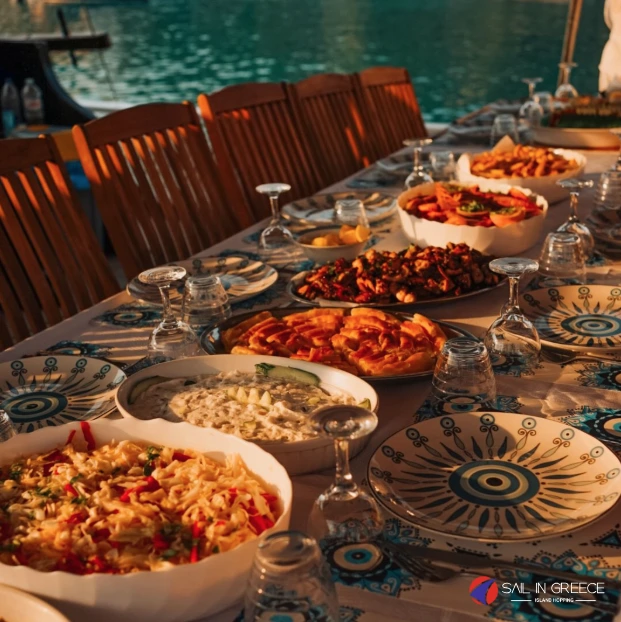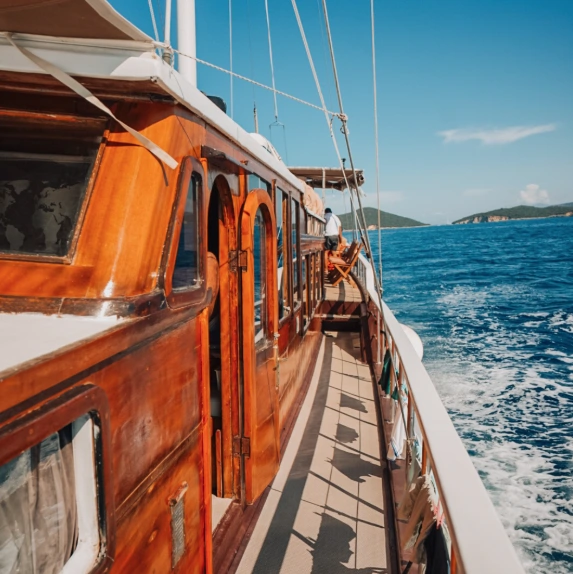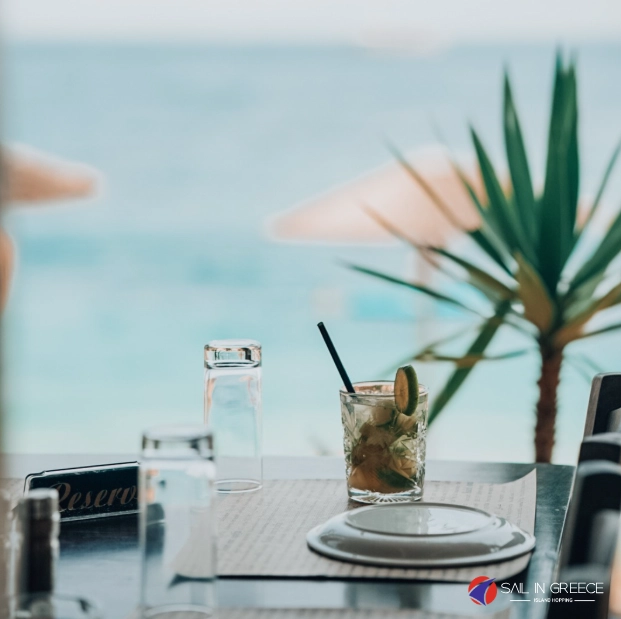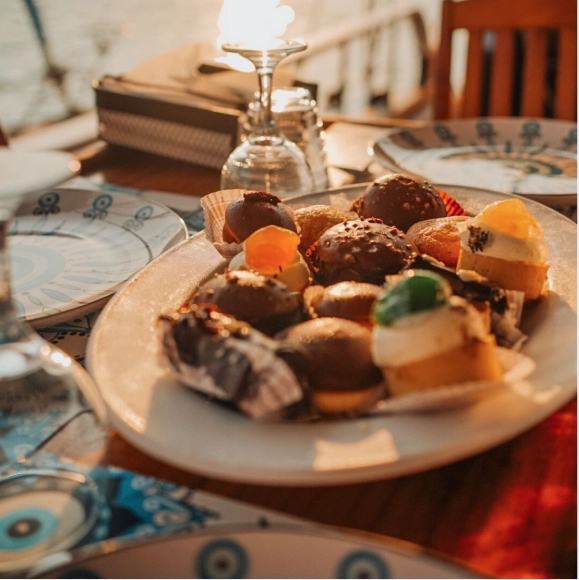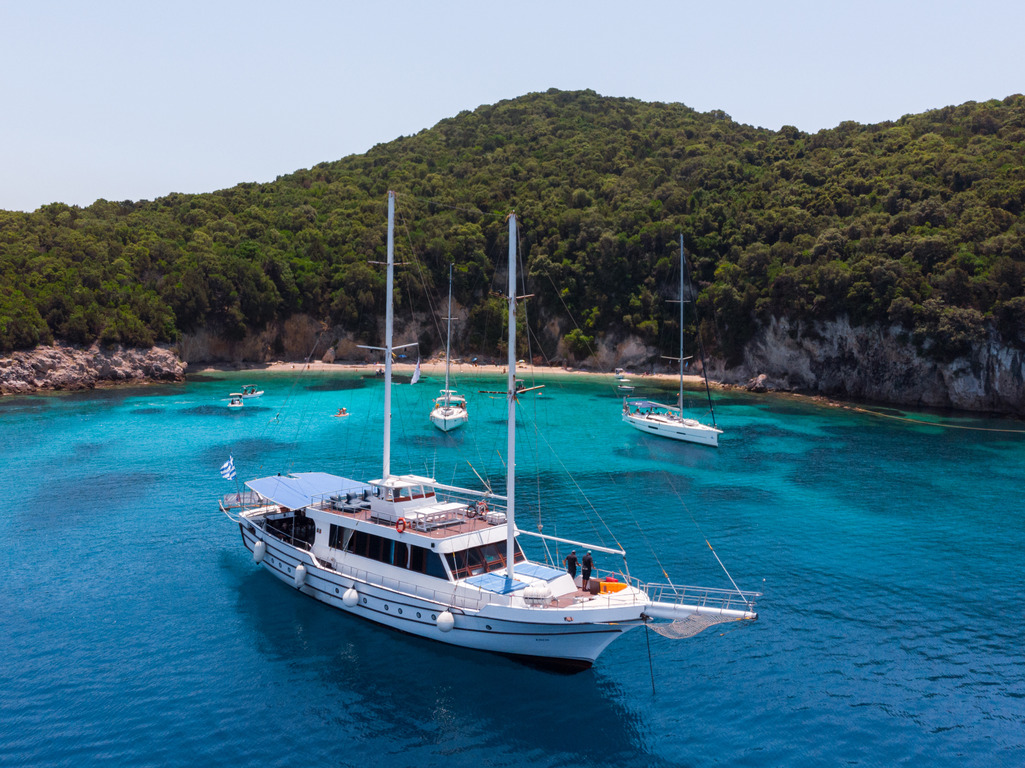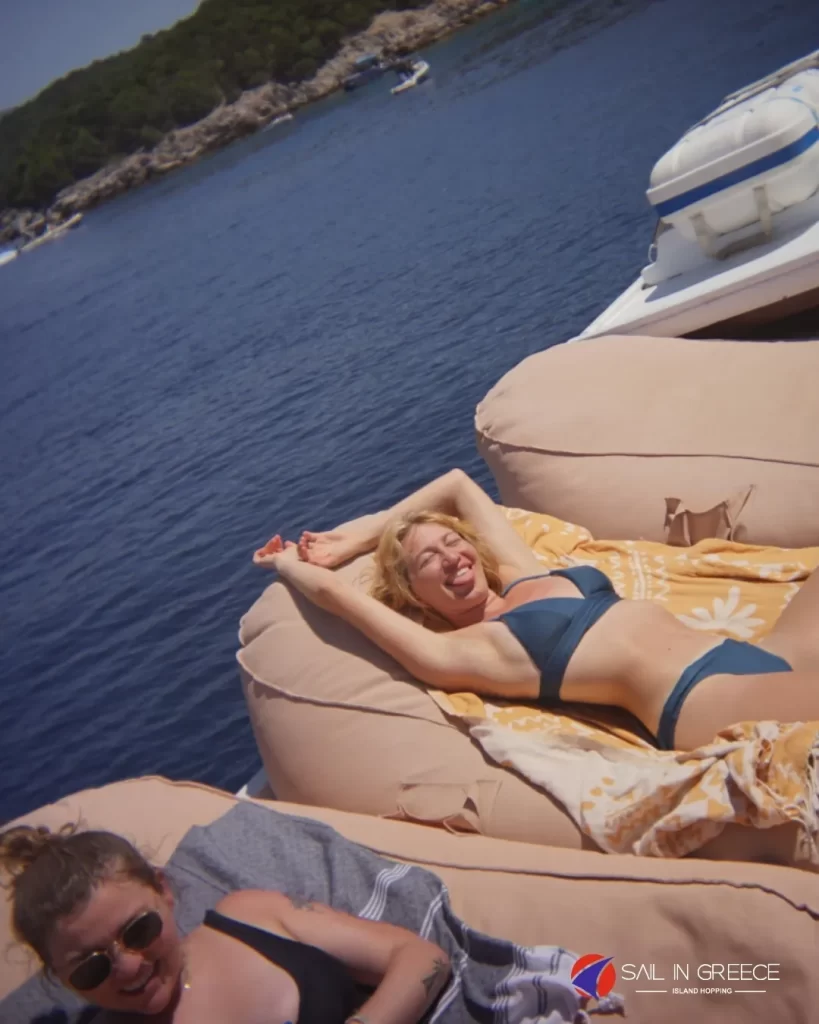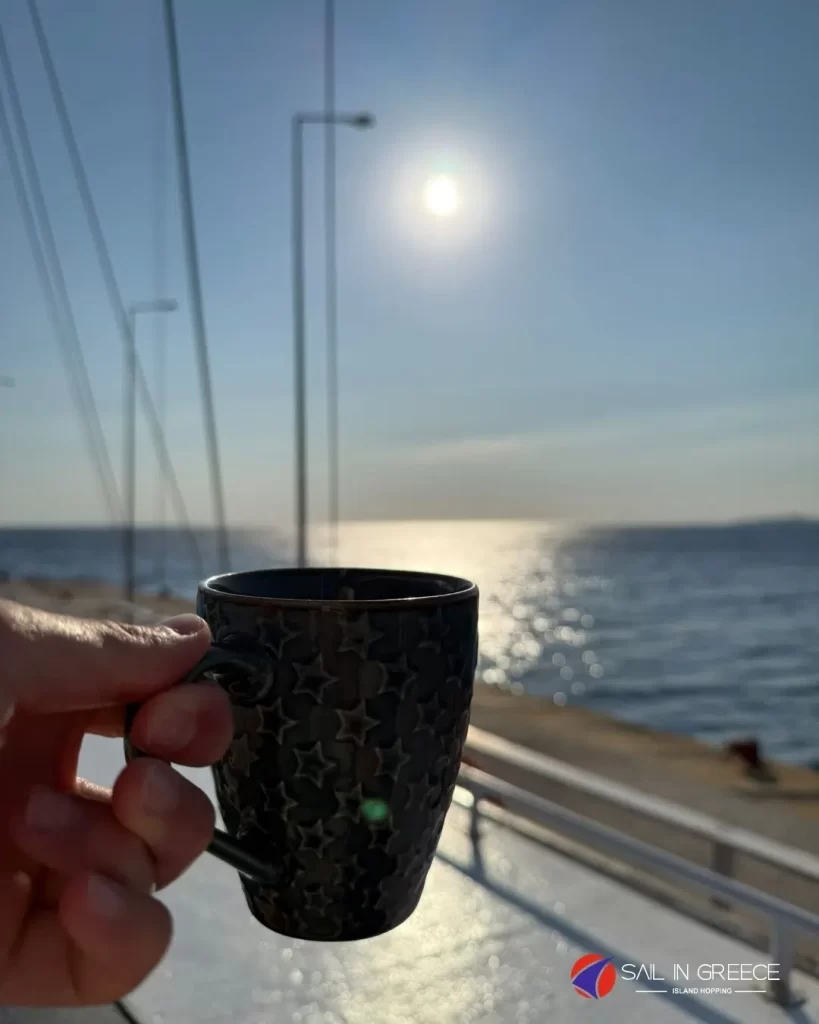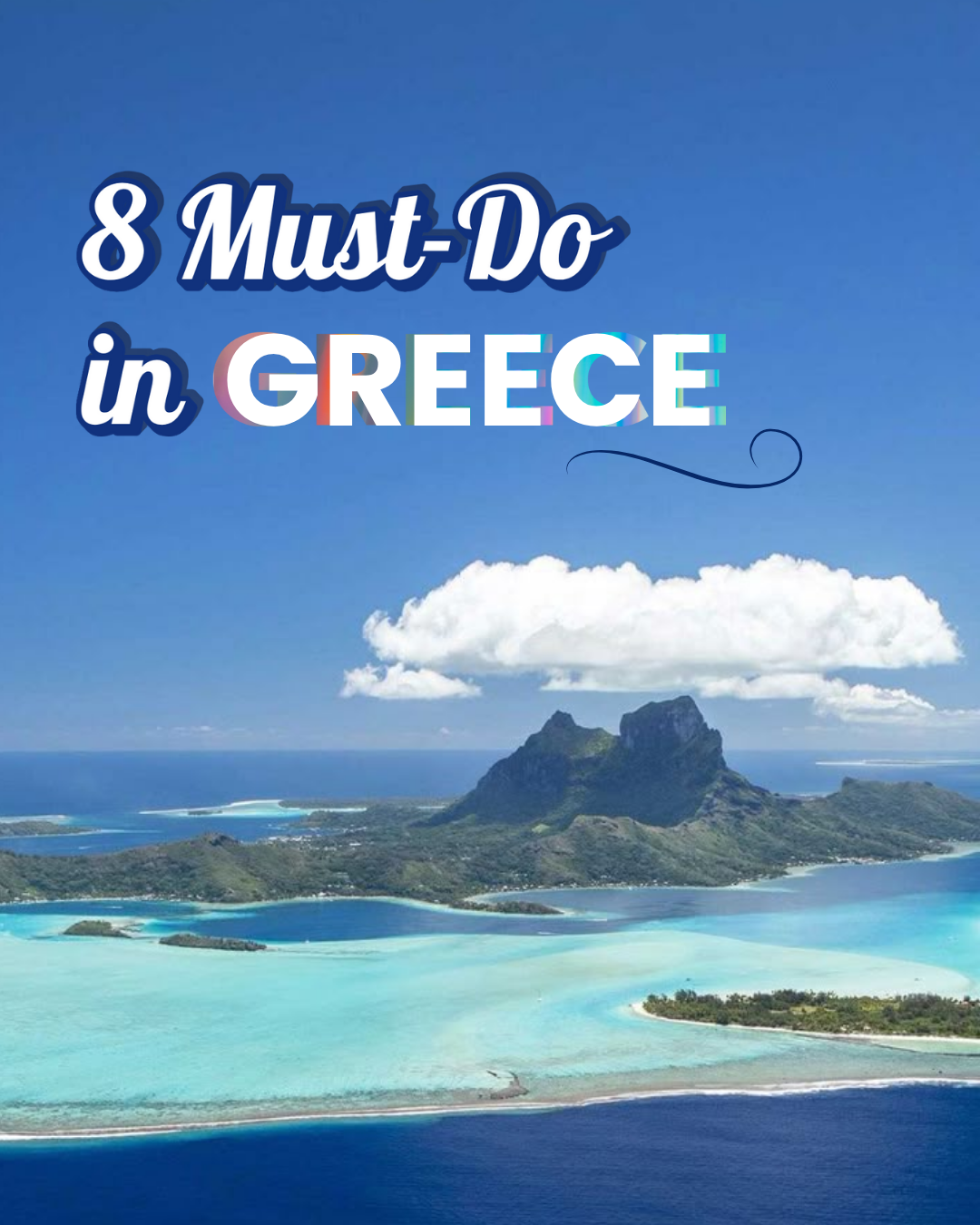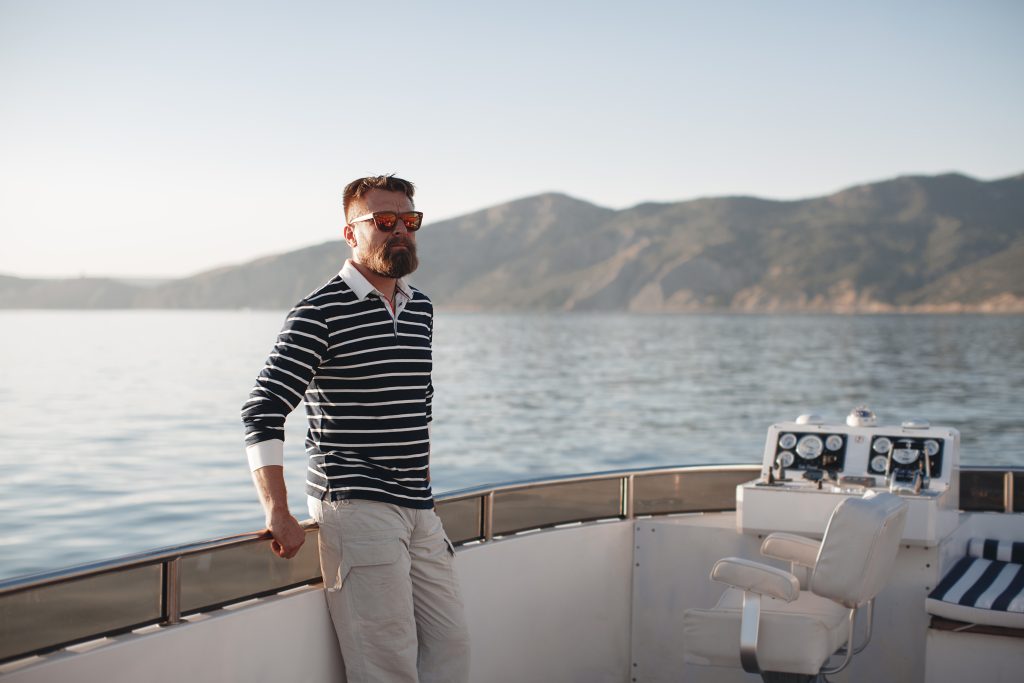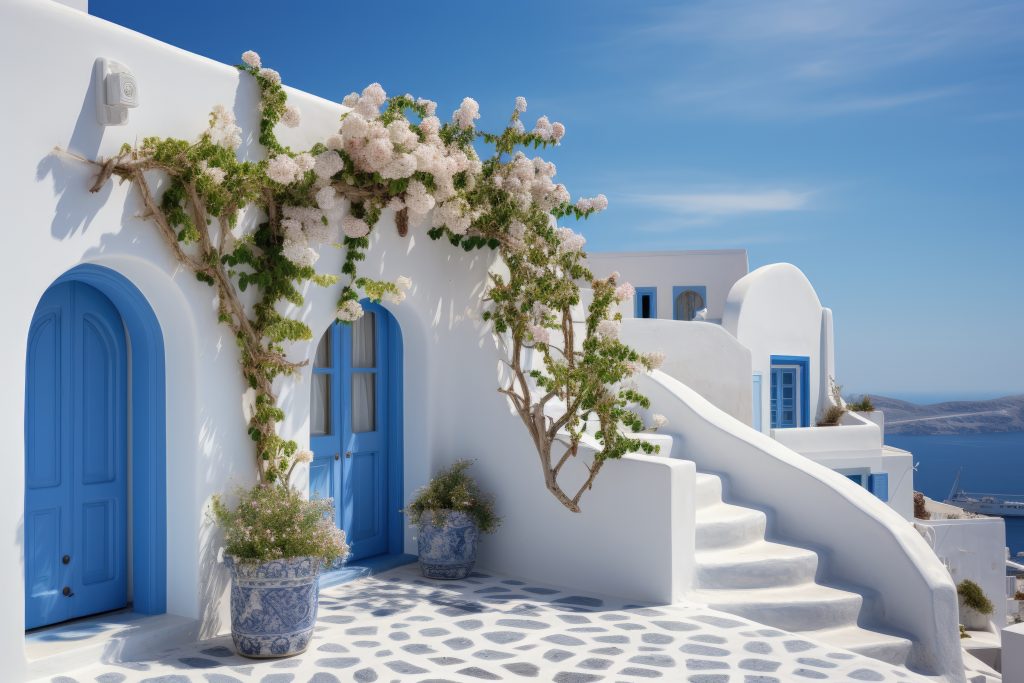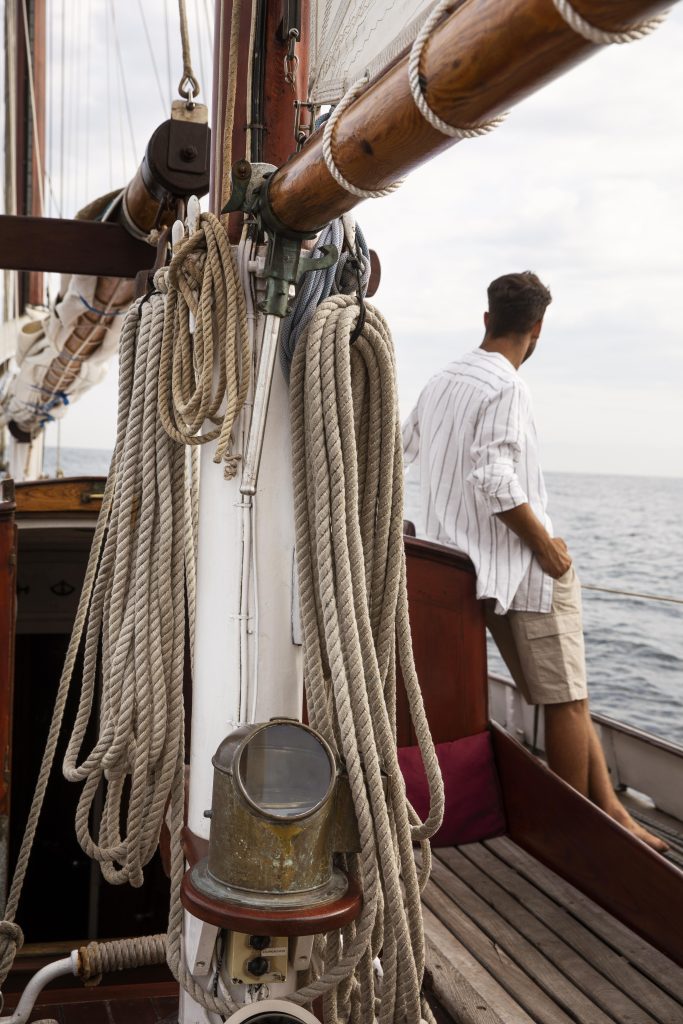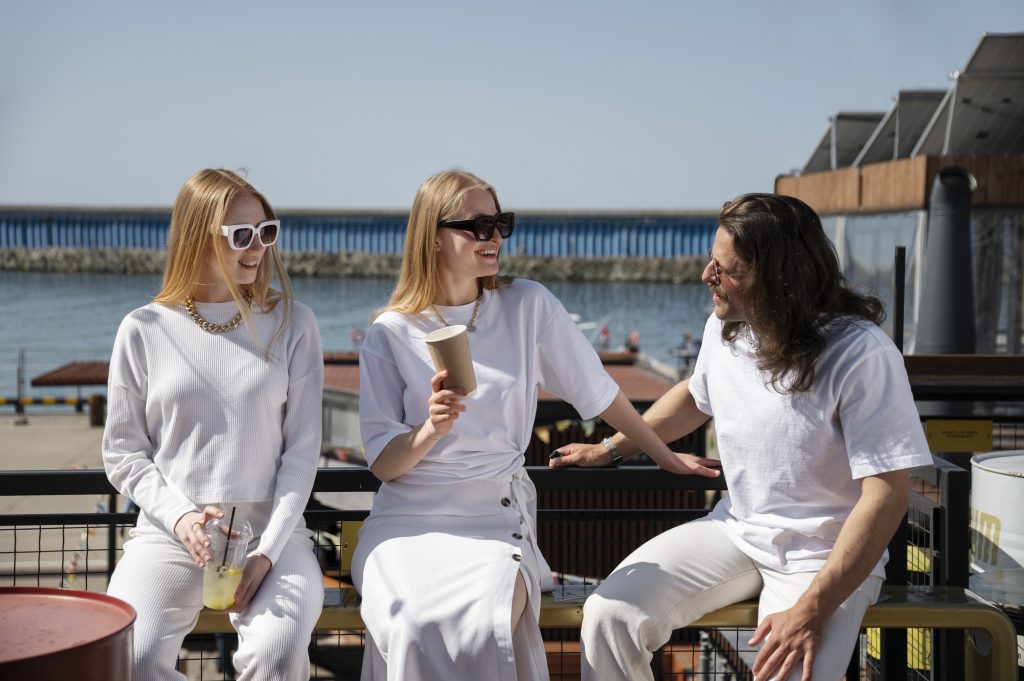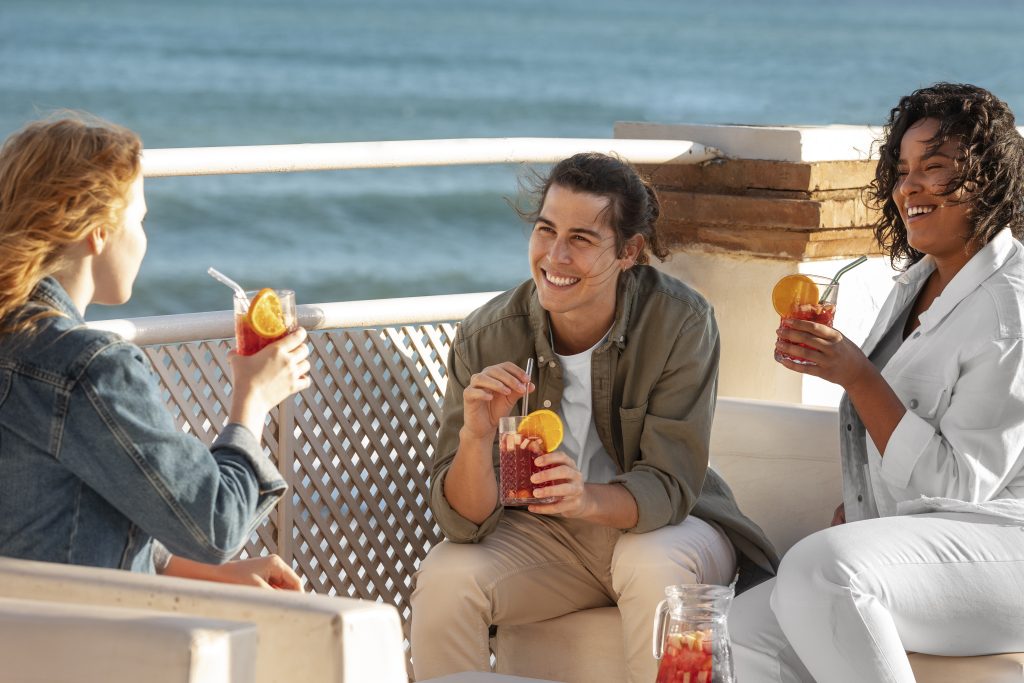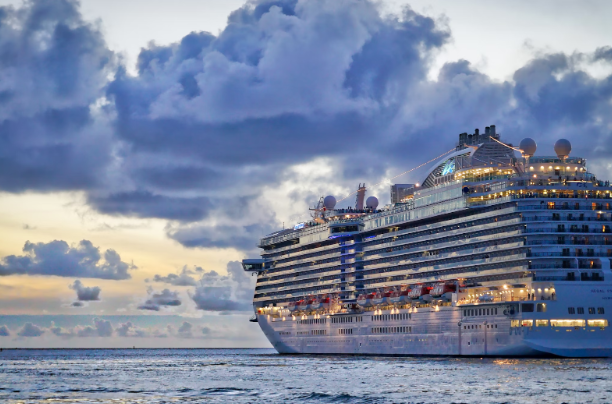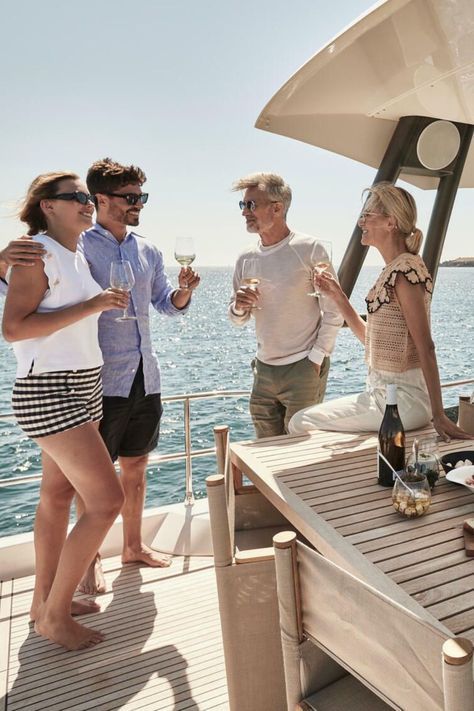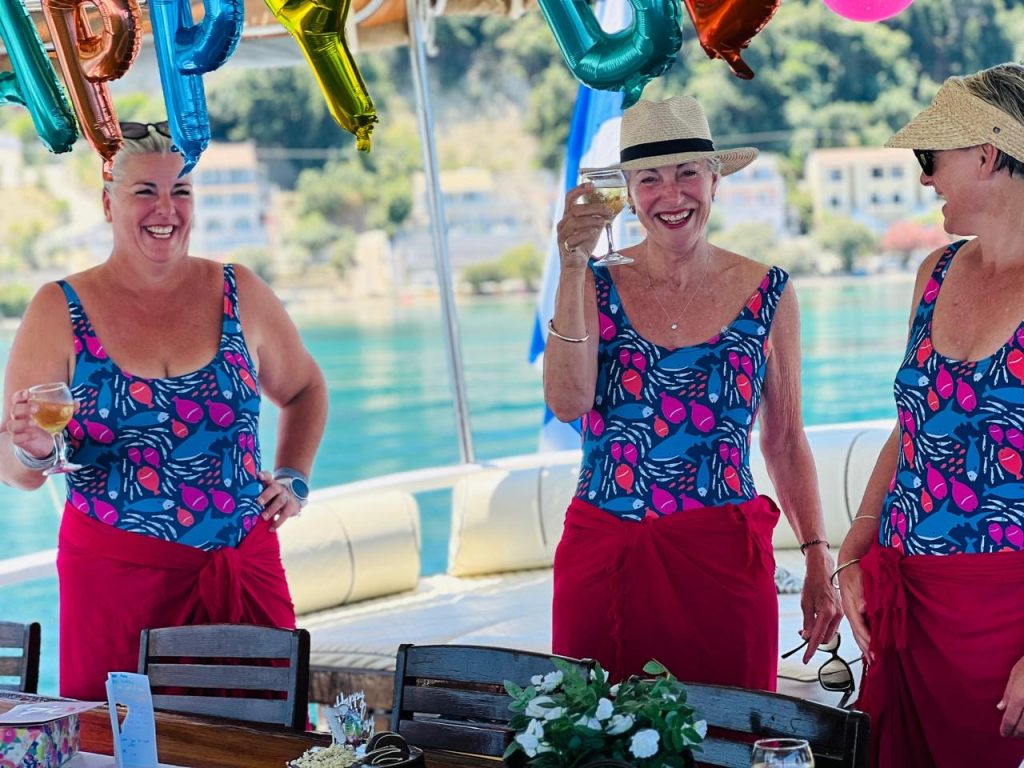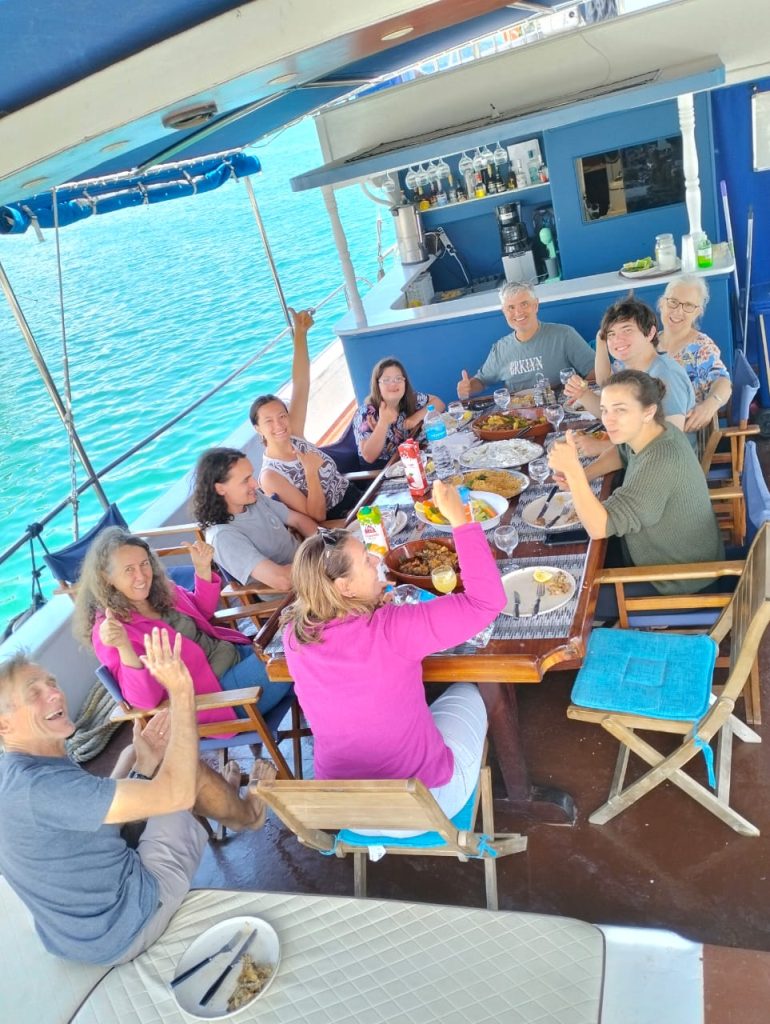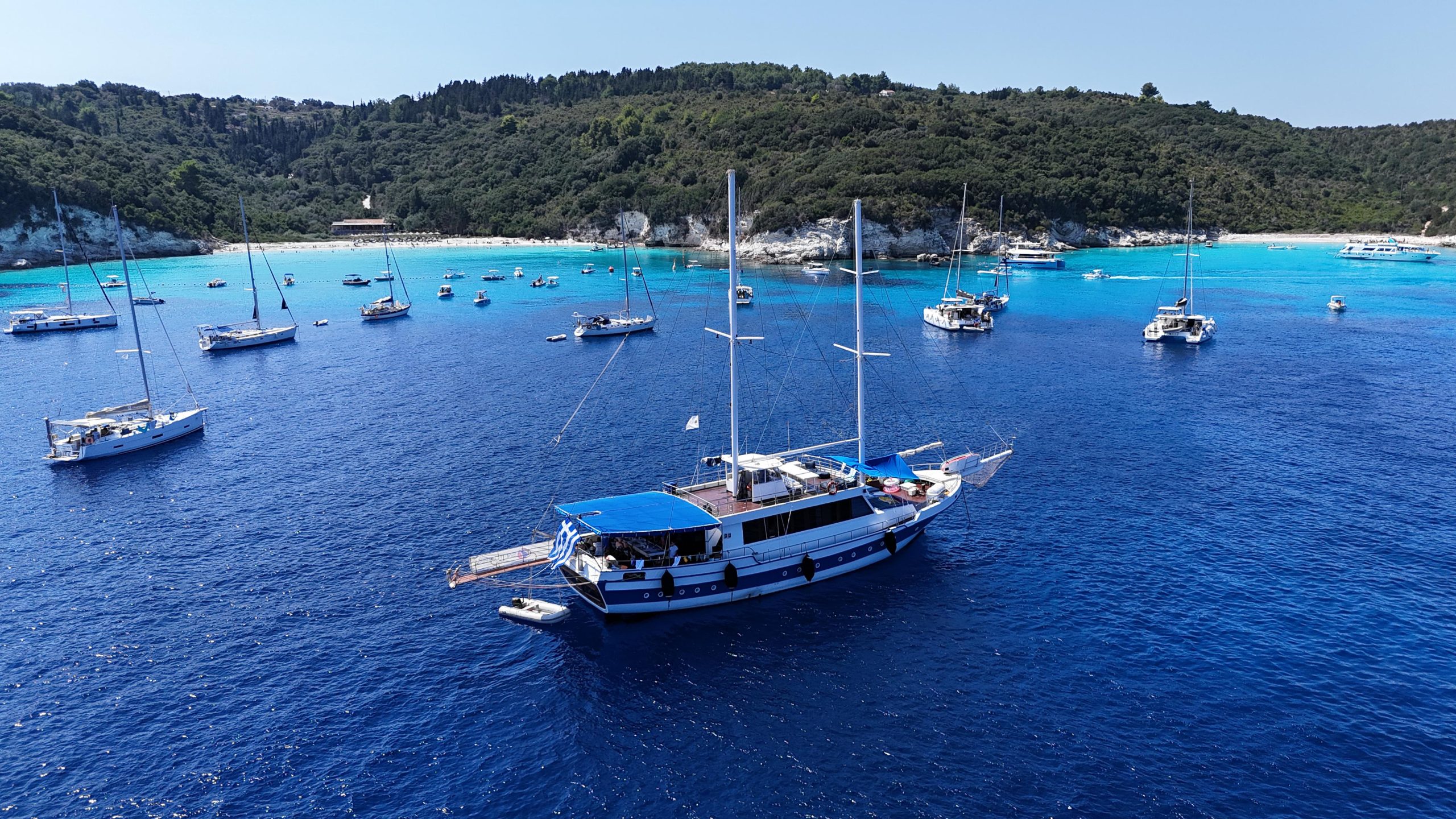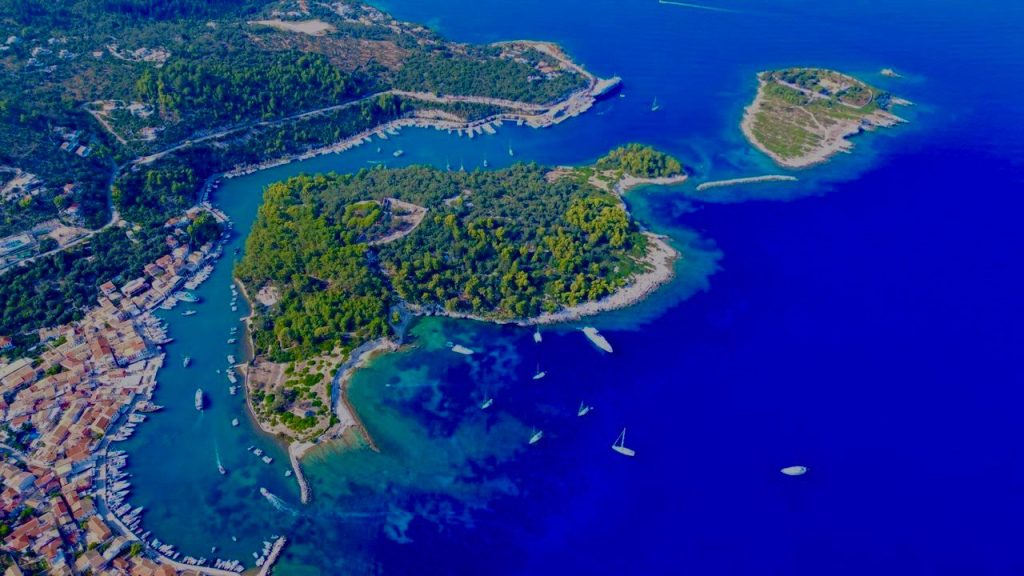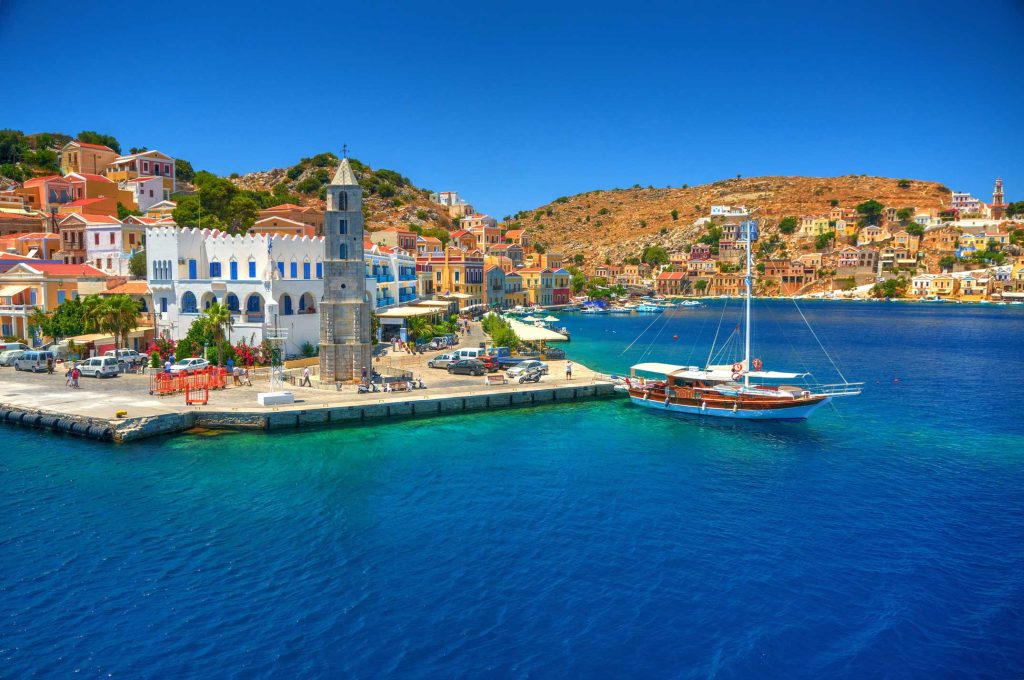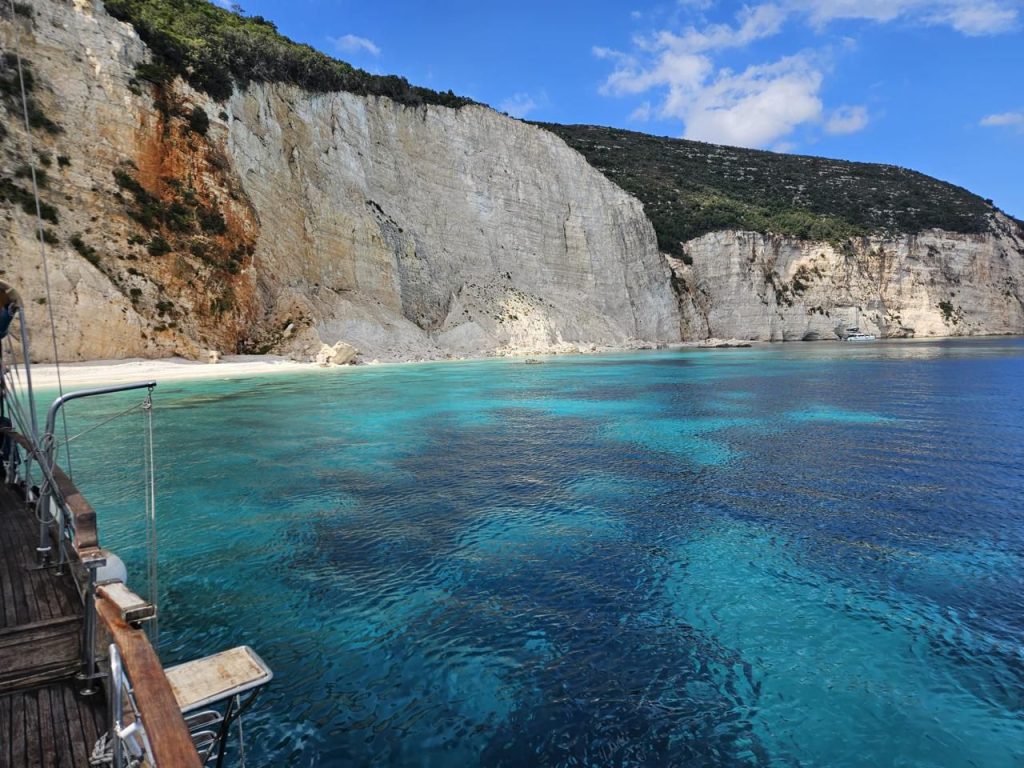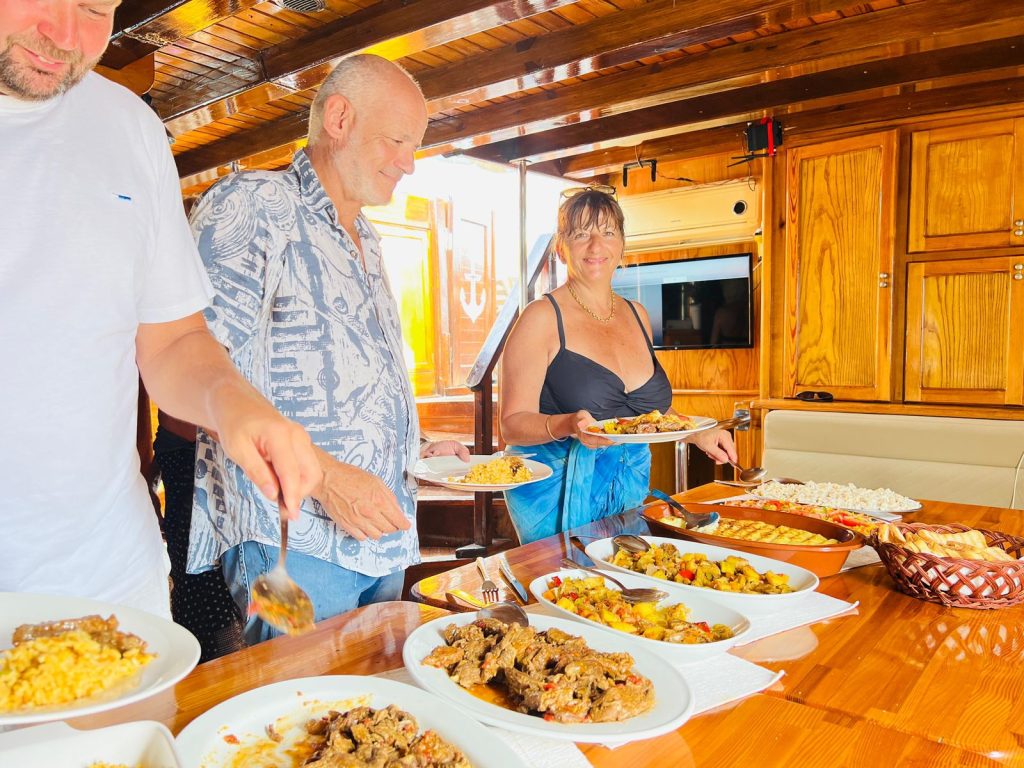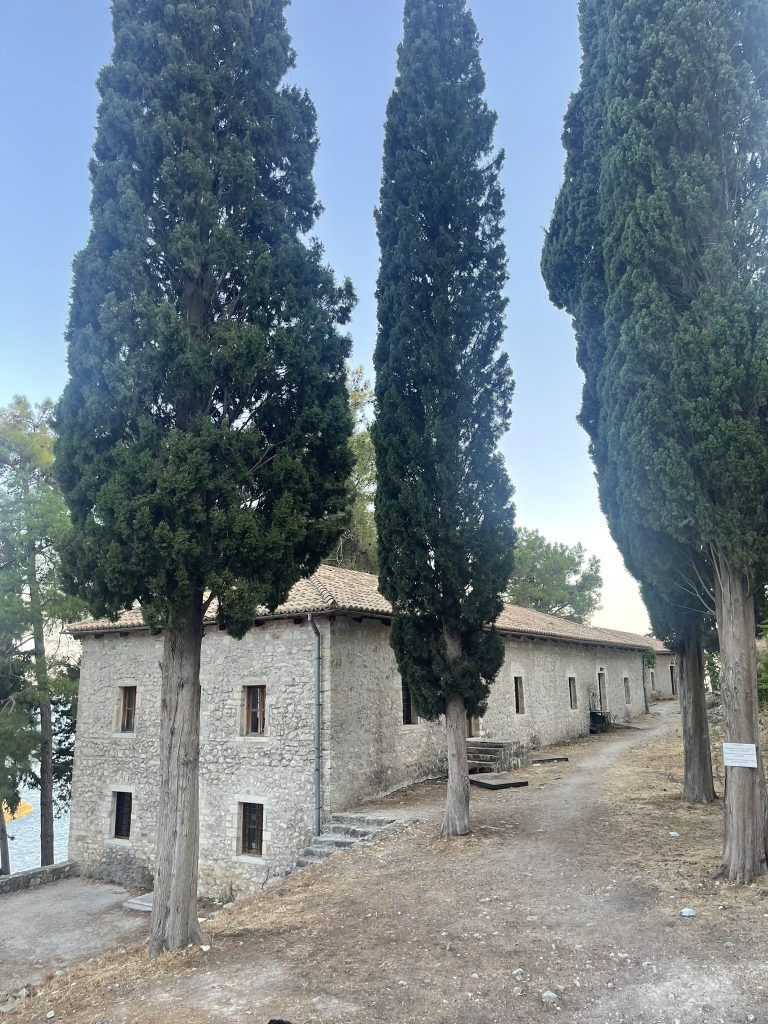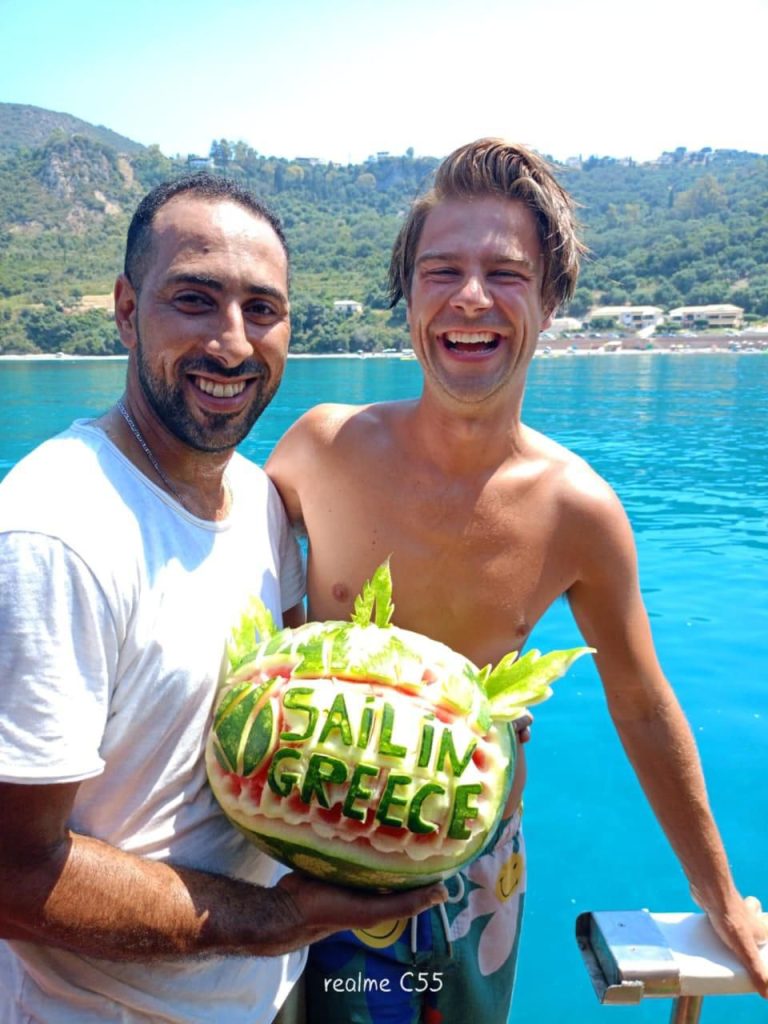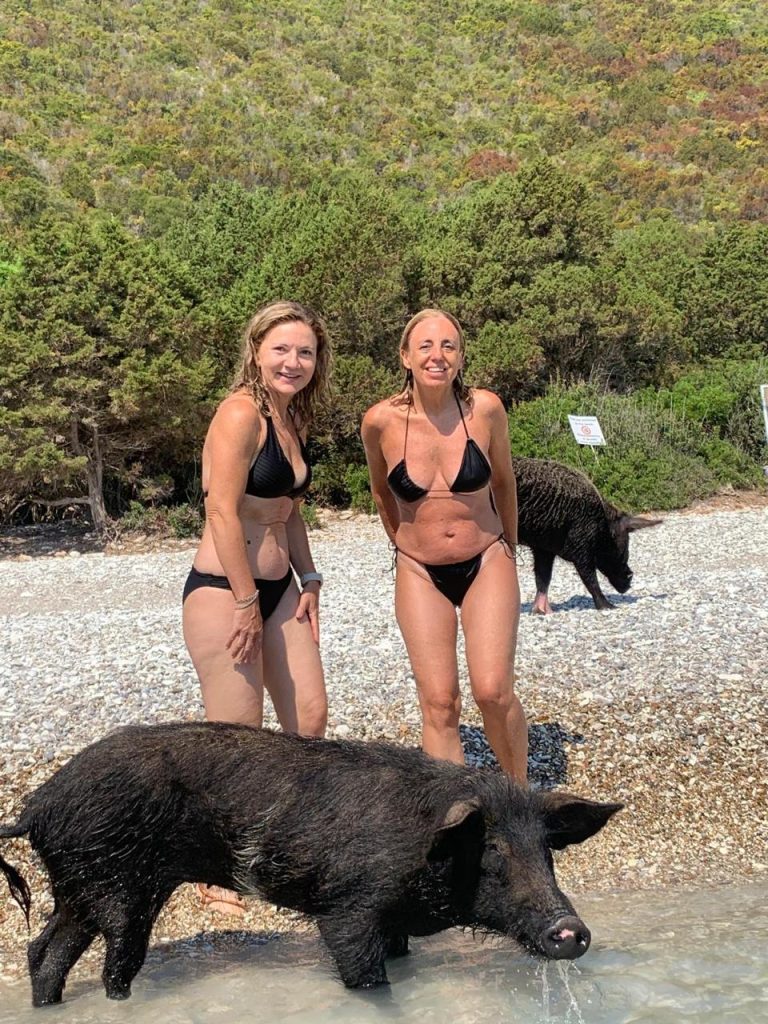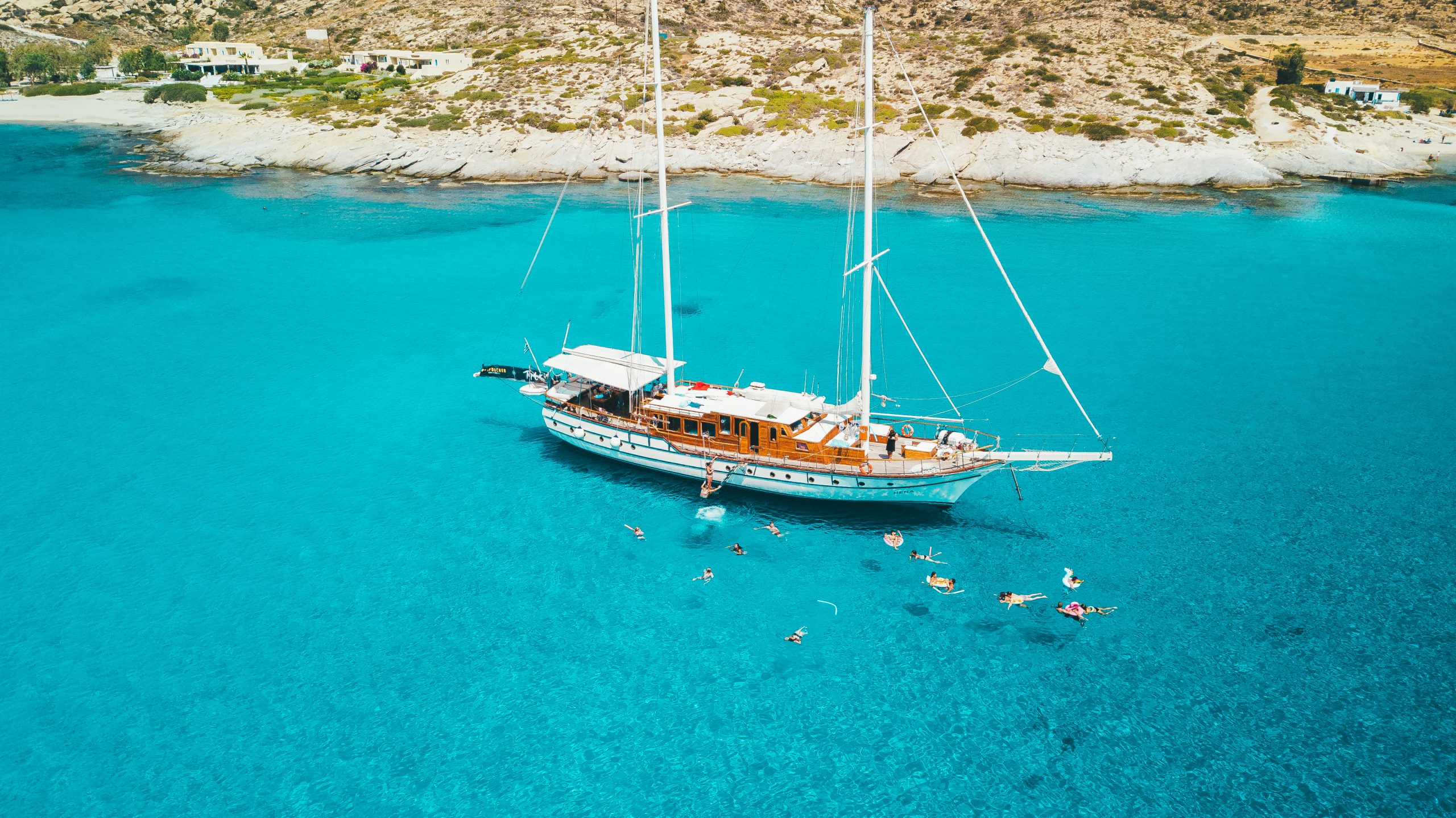There are a million different ways you could explore the world. Just like any other vacation, you could get on an airplane and stay at a regular, generic hotel. But what if you had the option of upgrading your travel experience with a once-in-a-lifetime opportunity along the water?
No, we aren’t talking about a typical cruise ship with thousands of people. We’re talking about taking a gulet charter cruise along the gorgeous Mediterranean, Aegean, and the Ionian Sea.
Taking a gulet charter may be one of the most unique experiences you could have when taking a trip to Greece. Unlike a traditional cruise ship, a gulet cruise only has around, on average, twelve people at a time. There are different cruises that allow for more passengers to come aboard, but no more than forty-five.
You will absolutely love taking a gulet charter cruise for reasons beyond what a traditional cruise can provide. Typically when you are taking a cruise, you may stop at a destination for only a few hours. This isn’t nearly enough time to experience the island to its fullest extent.
With a gulet cruise, the boat will dock overnight, so you’re able to explore the city until the sun comes up, and board back onto the boat and into your ensuite cabin at your leisure.
It’s a luxurious and memorable experience for any type of traveler looking to explore the Greek Islands. If you are looking for a vacation of a lifetime, take a look at our best gulet charters for your next holiday adventure.
Ionian Cruise
Cruising through the Ionian Sea is an unbelievable journey that takes you through seven main islands. Your first stop will be in Corfu, and you will travel along to Sivota, Parga, Antipaxos, Gaios, Lakka, and back to Corfu for your final stop.
This cruise is seven days long and includes a majority of your food, guided tours, stops along private beaches, and stops along the way to swim in the gorgeous blue oceans. Spend a day riding a motorcycle through the gorgeous countryside of Paxos or explore secluded sea caves for underwater sea life in the bays of Lakka. No matter what type of adventure you are looking for, Ionian Gulet Charter Cruise has a little bit of something for everyone.
Mykonos Cruise
If you are looking for a party experience of a lifetime, look no further with our Mykonos Charter Cruise. This is not your typical cruise ship by any means. This is a unique and perfect opportunity to meet new friends and get to live the European party life while simultaneously getting the chance to experience the culture and history of the Greek Islands, too!
On day one, you will start in Mykonos to spend the day on the beach filled with young people and beach bars. But try not to drink too much because once night falls, you’ll be brought over to Cavo Paradiso for a night of body paint and dancing with some of the world’s best DJs.
This seven-day gulet charter cruise takes you from Mykonos to Paros, Ios, Santorini, Naxos, and several other hot spots around the islands.
And yes, this charter gulet offers free shots of Ouzo for its passengers, too.
Zante Cruise
While most cruises bring you to popular tourist destinations, you will be pleasantly surprised by the hidden gems a gulet cruise can offer. On the Zante Cruise from Sail In Greece, you’ll find yourself exploring some of the best-kept secrets along the Ionian Sea. This cruise will bring you to various places like Poro for a night on the town or Meganisi.
Meganisi is usually overshadowed by its larger and more popular island of Mykonos, but you will be so grateful you had the opportunity to see these gorgeous cliffside views. Try snorkeling in the crystal clear waters and watch the stars from the deck of your charter gulet.
Corfu Cruise
One of the most popular gulet cruises to take is the Corfu Cruise. For seven days, you’ll embark across multiple areas throughout the Ionian Sea. Corfu is known as “the emerald island,” as it is the greenest of all of Greece’s islands. It’s lush with over two million olive trees covering the entirety of the island. Corfu is also filled with an immense amount of history with its Byzantine churches and ancient streets of Kassiopi.
With the Coru gulet cruise, you have the option of the short gulet route or the long gulet route. The shorter route gives you less time sailing onboard the ship, about two to three hours, which gives you even more time to spend at each destination.
The longer routes allow for more relaxation time on the boat, giving about four to five hours of sailing time. While there is less time at each destination, it also allows for you to see more places throughout your vacation.
Harmony Cruise
For many travelers who are coming to Greece, they are more than likely flying into Athens on the mainland first before heading to the islands. Luckily, there are plenty of options to add Athens as a stop en route. There is also the option of taking the Harmony Cruise, which starts and ends in Athens, for those who want to go full circle from where the airport is located.
You’ll spend seven days traveling from Athens to Poros, Ermioni, Spetses, Hydra, Aegina, and finally back to Athens where you began. This cruise is great for those who are young at heart and looking for a relaxing, yet a socializing type of vacation. The Harmony Greek Island Cruises are extremely fun and even offer a BBQ party as a part of the package!
Remember, going to Greece will be an experience you will never forget. Make sure to create a magical, unique, and life-changing memory when you set sail on your Greek adventure by taking one of Sail In Greece’s gulet charter cruises.
